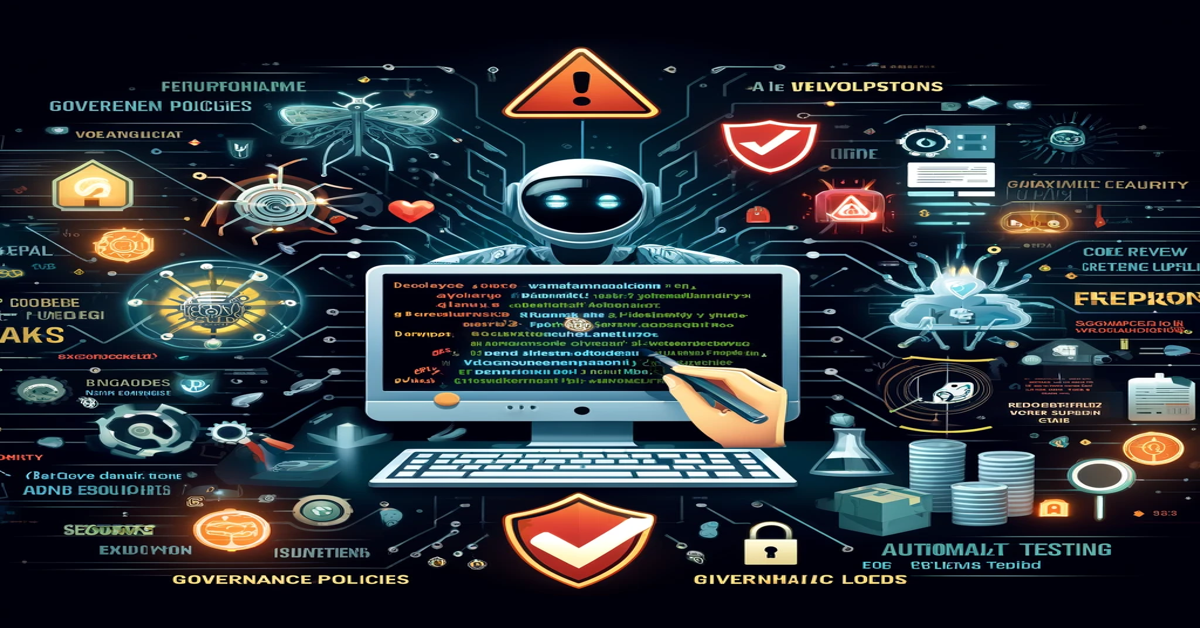OpenAI's Latest ChatGPT Update Transforms Text Interaction into Visual Content Creation
Imagine asking a chatbot to create a four-panel comic strip starring your favorite fictional characters, complete with dialogues and quirky interactions, only to see it materialize before your eyes in seconds. This is no longer the realm of fantasy; it's the latest iteration of OpenAI's ChatGPT, which has recently been empowered to transform intricate verbal instructions into vivid visual content. As artificial intelligence continues to revolutionize creative expression, the enhanced ChatGPT illustrates how these technologies are evolving to integrate multiple modalities, marking a pivotal shift in the realm of AI capabilities.

Evolution of OpenAI's ChatGPT
OpenAI released the original ChatGPT at the end of 2022, which was primarily a text-based tool that could engage in conversations, answer questions, generate poetry, and even write code. While it set a new standard for conversational AI, the platform was limited to verbal interactions. The introduction of DALL-E shortly after allowed image generation but operated separately, without interlinking the capabilities of text and visuals into a cohesive framework.
Key Features of the New ChatGPT
The technological advancements of GPT-4o lie in its comprehensive neural architecture which employs a blend of transformer networks, originally popularized in the field of natural language processing, with enhancements specifically geared towards image comprehension and generation. By training the model on vast datasets that encompass both textual and visual information, OpenAI's researchers have facilitated a deeper understanding of how these formats interact.

The capabilities of the updated ChatGPT extend beyond casual chatting and image generation. Several fields stand to gain significantly from the new technology, marking a potential shift in how various sectors operate:
- Marketing
- Education
- Healthcare
- Entertainment
Implications and Concerns
With the capabilities of ChatGPT evolving to encompass intricate image generation, conversations around ethical implications and responsible use are more prominent than ever. The confluence of AI-generated text and images raises vital questions about ownership, authenticity, and the potential for misuse.
As AI generates images and content, concerns arise about copyrights and who holds ownership of AI-created works. This issue is particularly pertinent in creative industries where original artwork and writing are key assets. Various stakeholders, including writers, artists, and legal experts, are beginning to engage in discussions aimed at resolving these dilemmas.

User Feedback and Adoption
The launch of the new ChatGPT has garnered various responses from early adopters. Users report mixed experiences, with excitement surrounding the creative possibilities tempered by concerns about potential limitations and outputs that did not fully meet expectations.
A marketing agency that integrated the new ChatGPT into its workflow saw a significant increase in productivity, allowing teams to produce visual mockups in mere minutes. Similarly, an online education platform utilized the tool to create interactive content for students, resulting in improved engagement and performance metrics.
Conclusion
As OpenAI's ChatGPT continues to evolve, the integration of novel technologies represents a leap not just in functionality but also in the potential ways humans interact with machines. This development heralds a future where creative expression, education, and communication could transform under the influence of AI.




















